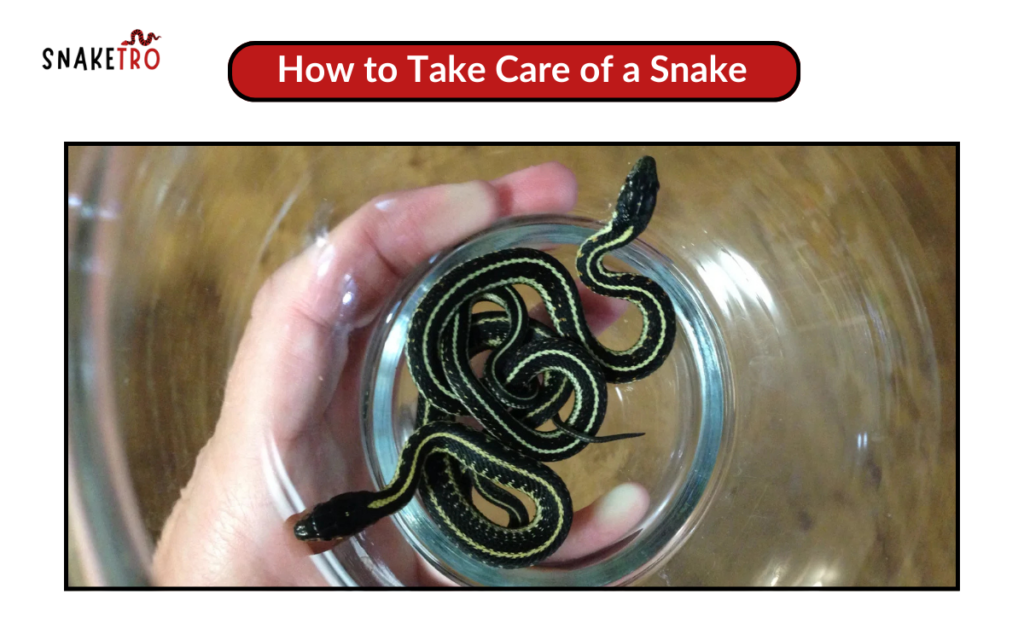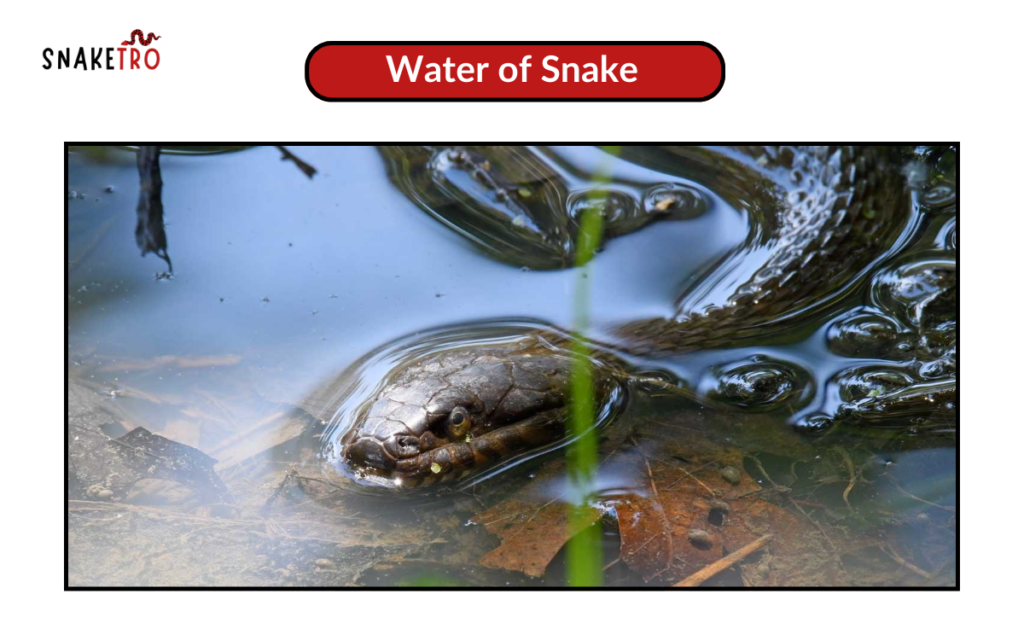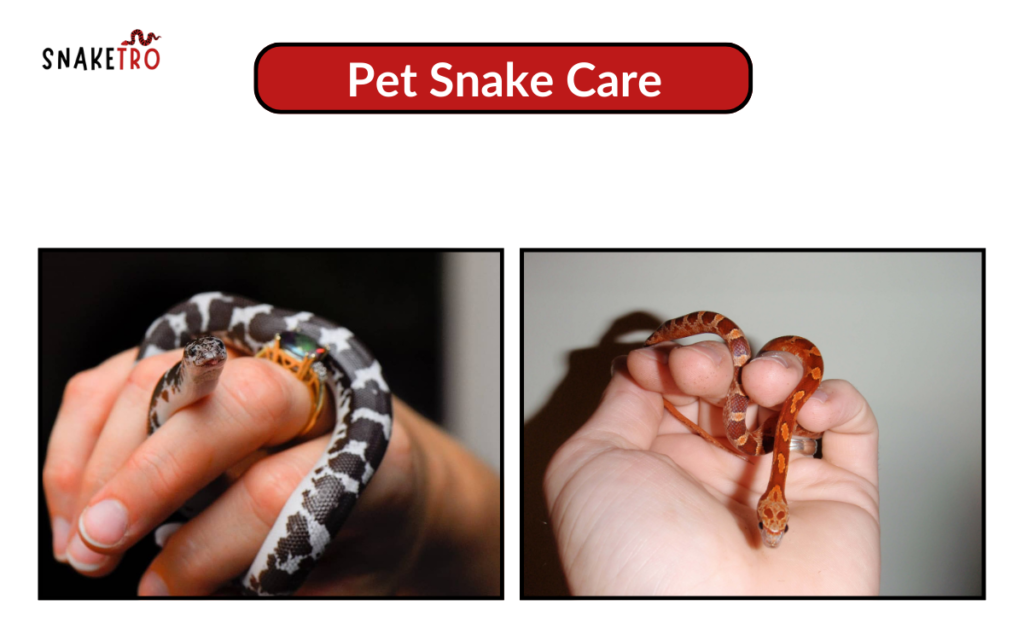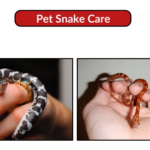Pet Snakes Care: A Comprehensive Guide
I was excited and a little frantic when I chose to get a pet snake. Although I had done some study beforehand, learning more about the world of snakes taught me some amazing facts as well as important care recommendations that I wish I had known at the outset. This guide will teach you the correct way to care for a snake, regardless of your level of experience with snakes or your goal to get one of the best pets.
Table of Contents
Cool Facts About Snakes
Snakes are indeed capable of identifying fire. Their unique challenges let them identify warm-blooded prey even in total darkness. It’s only one of the many amazing characteristics that capture us about these animals!
How to Take Care of a Snake
At first, caring for a snake can feel difficult, but if you know what to do, it’s actually rather simple. So what’s a beginner’s guide on taking care of a snake? First of all, it’s important to understand what snakes want in their cage. A good habitat is important, and I suggest starting with a terrarium that gives your snake a lot to go about.

Diet
Let’s talk about diet now. You might wonder, What do pet snakes eat? Your pet snake’s diet may vary depending on the size and pet of the animals it uses, but most do. For instance, everything changed when I gave my corn snake some frozen mice to eat. Creating a regular feeding routine lets my snake feel more secure and comfortable.
Veterinary Care
For your pet snake, routine medical care is also very important. They can get hurt, just like any other pet; therefore, it’s important to have an animal doctor with experience managing snakes. They can help you with any health issues and offer avoidance care to keep your snake happy and healthy.
Pet Safety Tips
Can you get a dangerous pet snake? I get asked this question all the time. Many snake pets are very friendly, especially when treated and cared for carefully. Sometimes it may be more violent or dangerous than others. It’s important to pick a snake that fits your past. Because of their peaceful attitude, several people select snake balls as the ideal pet snakes for beginners.
Snake Basics
Understanding the basics of snakes requires an understanding of their habitat. An ideal environment that looks like the natural habitat of snakes is necessary. You may help your snake feel safe by providing a clean, large environment with many places to hide. After I set up my snake’s habitat, I made sure it had both a warm and a cool side so I could properly control its temperature.
Water
Remember to drink water! Pure water must always be available to snakes. I use a strong dish that is inflexible for my snake. Maintaining a regular water change promotes hydration and keeps the water fresh.

Temperature and Humidity
The right balance of temperature and humidity must be maintained for the health of your snake. Most snakes require a temperature level, with one side that is warmer and one that is warmer for enjoyment. When I use an approved It, I find that checking these levels is easy. Because every snake type is different when it comes to its need for dehydration, take care to learn your snake’s specific requirements.
Handling
An important part of building comfort and trust is handling your snake. To adjust your snake to you, I advise beginning with short handling periods. To protect your safety and the safety of your snake, always wash your hands before and after handling.
keeping You and Your Snake Healthy
Keeping yourself and your snake healthy is also very important. Maintain a stress-free environment for your pet, clean the cage regularly, and keep an eye out for any symptoms of illness. When my snake first lost its skin, it was a clear indication of its health and growth, which confirmed how well I was taking care of it.
Conclusion
In conclusion, there may be a lot of benefits to caring for a pet snake. If you continue to be aware of your snake’s requirements and give it the care that it needs, you and your snake will grow a lifelong relationship. If you’re thinking about buying a snake, do your research and choose the type that best fits your way of life. You should give your snake the best care possible, after all!
Faqs
What is the best snake for a beginner to own?
Many beginners choose species like corn snakes, ball pythons, or king snakes because they are typically calm, easy to care for, and have manageable sizes.
What do pet snakes need in their cage?
Pet snakes need a secure enclosure (like a terrarium), a water bowl, hiding spots, and proper heating and humidity. The cage should also be large enough for the snake to move around comfortably.
What do pet snakes eat?
Most pet snakes eat pre-killed rodents, like mice or rats, depending on the snake’s size and species. Some snakes may also eat insects, fish, or eggs.
Are pet snakes dangerous?
Generally, pet snakes are not dangerous if properly handled and cared for. However, some species may become aggressive if they feel threatened or stressed. Always choose a snake species that suits your experience level.
How often should I feed my pet snake?
The feeding frequency depends on the age and species of the snake. Younger snakes may need to be fed once a week, while adult snakes can go longer between meals, sometimes up to two weeks.
How can I safely handle my pet snake?
Handle your snake gently and support its body to avoid stressing it. Start with short handling sessions, and always wash your hands before and after handling to protect both you and your snake.
How do I maintain the proper temperature and humidity for my pet snake?
Use a reliable thermometer and hygrometer to monitor temperature and humidity levels in your snake’s enclosure. Each species has specific needs, so research your snake’s requirements for optimal care.







